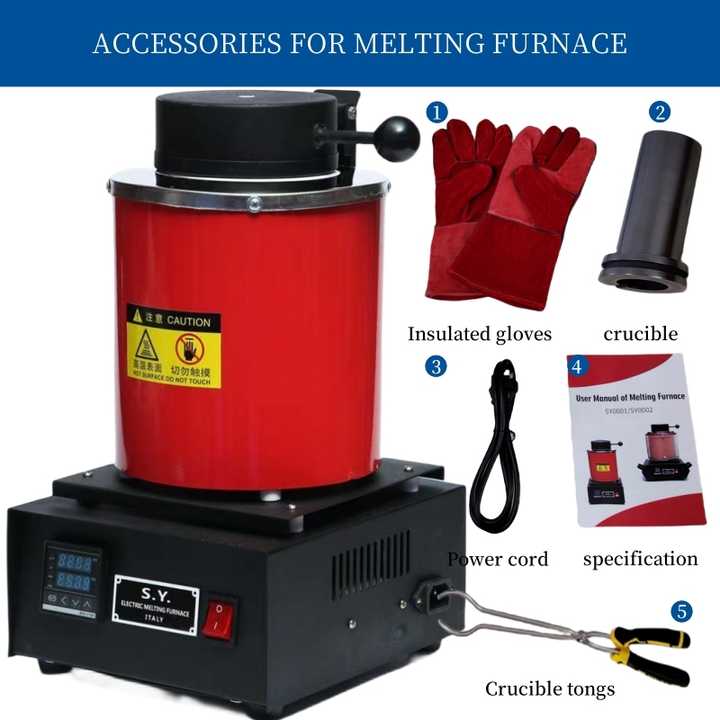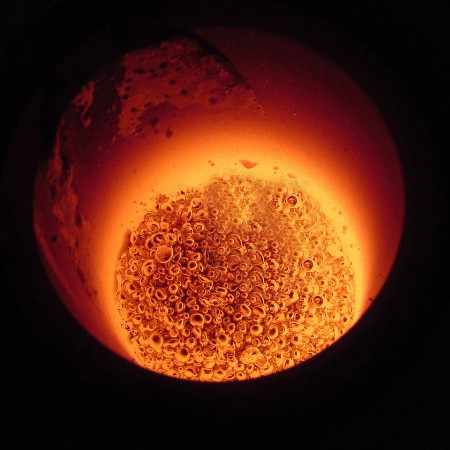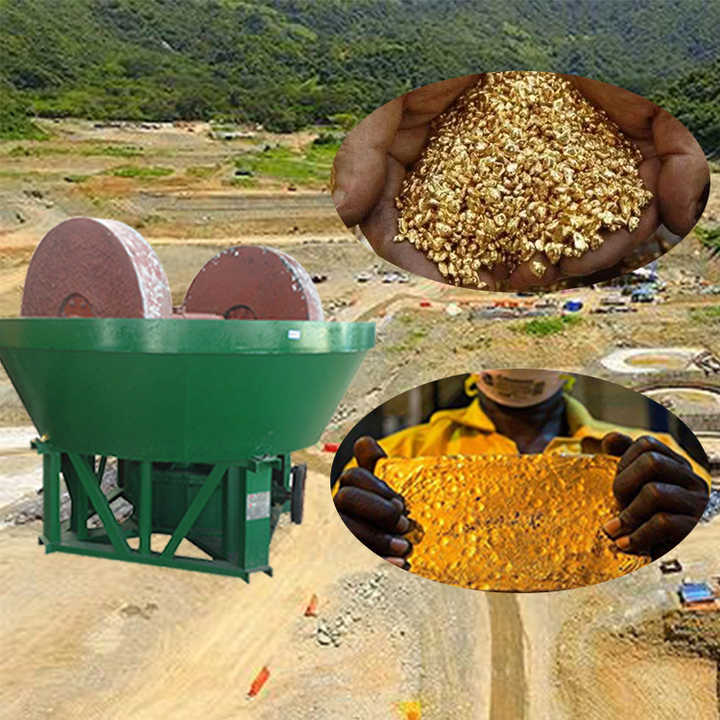Details
- Home
- best crucible for smelting gold
best crucible for smelting gold
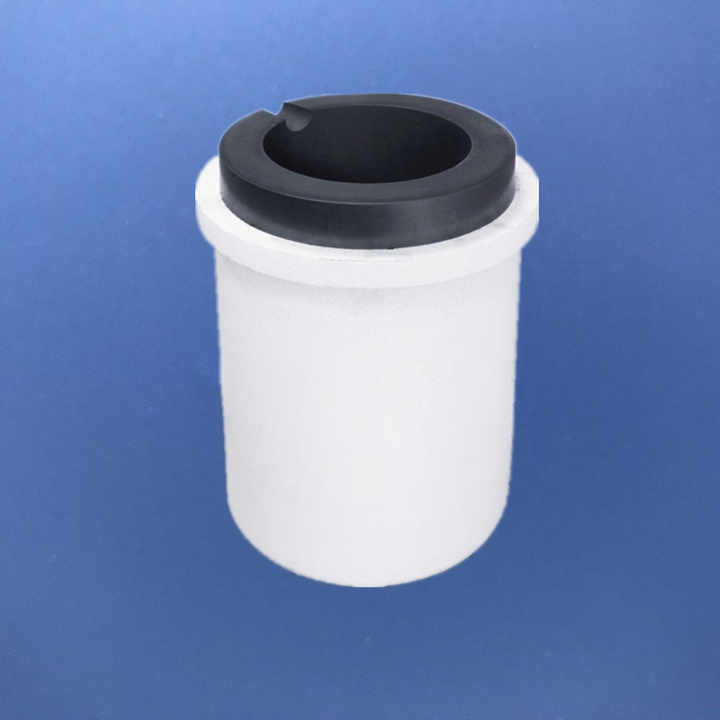
Table of Contents
ToggleBest Crucible for Smelting Gold: A Comprehensive Guide
When it comes to smelting gold, choosing the best crucible for smelting gold is essential for ensuring a successful and efficient melting process. A crucible is a heat-resistant container used in metalworking to melt and refine metals at high temperatures. Gold, with its relatively low melting point compared to other metals, still requires a durable and high-quality crucible to withstand intense heat and the chemical reactions involved in smelting. In this article, we will explore the different types of crucibles, their characteristics, and how to select the best crucible for smelting gold.
What is a Crucible?
A crucible is a container that can withstand extremely high temperatures, allowing metals such as gold to be melted and refined. Crucibles come in various materials, each offering different properties, such as resistance to heat, thermal shock, and chemical corrosion. These characteristics are crucial when smelting metals like gold, as the process involves both high temperatures and reactive chemicals like flux.
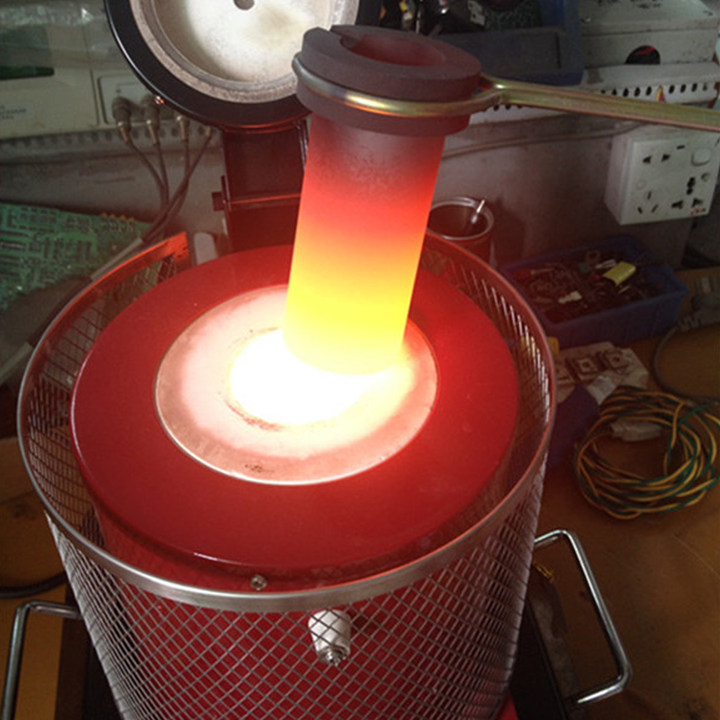
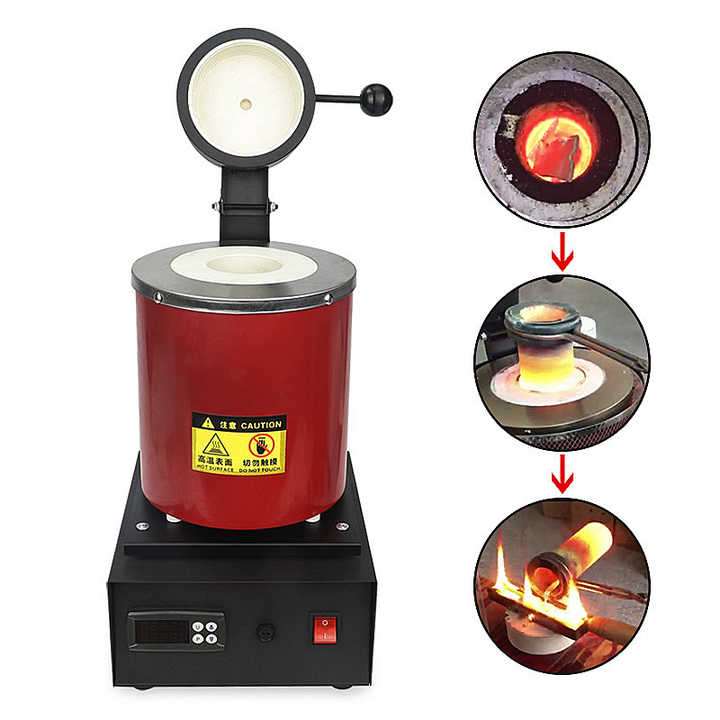
Factors to Consider When Choosing a Crucible for Smelting Gold
- Material: The material from which a crucible is made plays a significant role in its performance during the smelting process. Common materials used for crucibles include graphite, ceramic, and clay. Each material has its advantages, depending on the smelting environment and the type of metal being melted.
- Size: The size of the crucible must match the quantity of gold being smelted. Crucibles are available in various sizes, ranging from small containers for hobbyists to large industrial-sized crucibles for large-scale operations.
- Heat Resistance: Gold smelting requires temperatures of around 1,064°C (1,947°F). The crucible should be able to withstand these high temperatures without breaking or deforming.
- Durability: The crucible should be durable enough to handle repeated use without degrading. Gold smelting often involves multiple melting sessions, so a high-quality crucible that can be used multiple times is important.
- Chemical Resistance: The crucible should resist chemical reactions with flux, a material used during smelting to separate impurities from the metal. A crucible that reacts with the chemicals used in smelting could contaminate the gold and reduce its purity.
Types of Crucibles for Smelting Gold
1. Graphite Crucibles
Graphite crucibles are one of the most popular choices for smelting gold. They offer several advantages, including excellent heat conductivity, resistance to thermal shock, and a long lifespan.
- Pros:
- High thermal conductivity, which allows for efficient melting.
- Resistance to thermal shock, meaning they can withstand sudden temperature changes without cracking.
- Can be used with a wide range of metals, including gold, silver, and copper.
- Cons:
- More expensive compared to ceramic or clay crucibles.
- Requires careful handling, as graphite can be brittle and prone to breaking if dropped.
2. Ceramic Crucibles
Ceramic crucibles are another popular option for gold smelting. They are known for their ability to withstand high temperatures and are commonly used in both professional and hobbyist settings.
- Pros:
- High heat resistance, making them ideal for smelting gold.
- Inexpensive and widely available.
- Resistant to corrosion from flux and other chemicals used during the smelting process.
- Cons:
- Not as durable as graphite crucibles and may crack under thermal shock.
- Some ceramic crucibles are prone to wear after multiple uses.
3. Clay Crucibles
Clay crucibles have been used for centuries in metalworking and continue to be a reliable choice for smelting gold. They are relatively inexpensive and easy to use, making them popular for small-scale or hobbyist smelting operations.
- Pros:
- Affordable and accessible for beginners.
- Good thermal conductivity for small-scale smelting.
- Easy to use and readily available.
- Cons:
- Not as durable as graphite or ceramic crucibles.
- More susceptible to damage from thermal shock and may require more frequent replacement.
4. Silicon Carbide Crucibles
Silicon carbide crucibles are less commonly used for gold smelting but are known for their exceptional durability and heat resistance. These crucibles are ideal for industrial smelting operations or for those who need a long-lasting crucible.
- Pros:
- Extremely durable, with a long lifespan.
- Excellent resistance to high temperatures and thermal shock.
- Ideal for large-scale or frequent smelting operations.
- Cons:
- More expensive compared to other materials.
- Less commonly available for small-scale use.
Best Crucible for Hobbyist and Small-Scale Gold Smelting
For hobbyists and small-scale gold smelting, a graphite crucible is often the best choice. It provides excellent heat conductivity and can handle the temperatures required to smelt gold. Additionally, it is durable enough for multiple uses without breaking down.
Ceramic crucibles are also a solid option for beginners, especially if you’re looking for a more affordable solution. They can withstand high temperatures and are resistant to chemicals, making them suitable for smelting small amounts of gold.
Best Crucible for Industrial Gold Smelting
For industrial applications or large-scale gold smelting operations, silicon carbide crucibles are an excellent choice. They offer exceptional durability and heat resistance, making them capable of handling larger quantities of gold over an extended period. Graphite crucibles can also be used for industrial purposes, but silicon carbide offers more longevity.
Selecting the best crucible for smelting gold depends on the scale of your operation, the materials you’re working with, and the durability required. Graphite and ceramic crucibles are ideal for hobbyists and small-scale smelters, while silicon carbide is suited for industrial use. No matter the size of your operation, choosing a high-quality crucible will ensure an efficient and successful gold smelting process.












